The Interaction of Living Beings With the Environment
The Interaction of Living Beings With the Environment
Hi Steemians,In a life there is a relationship between living things and their environment that can not be separated from each other. The environment is a living entity between physical states such as natural resources that include water, air, solar energy, minerals, and living flora fauna. And it has become a natural law that living things will have dependence on other living beings and the environment along with all the natural resources that exist within the environment.
The form of the relationship between living things and their environment also includes all interactions that occur include the interaction between living things and objects that are dead. The interaction is a complex and complicated reciprocal relationship. Generally the form of interaction of living things with their environment is called ecosystem, and the ecosystem itself can be divided into various kinds based on its category.
Ecosystems can be formed due to the relationship between living things and their interacting environments and giving reciprocity to each other. According to some experts, ecosystems can also be interpreted as a whole order or unity and comprehensive among elements of environmental elements that affect each other. But broadly, ecosystem is a form of complex interaction composed of various elements of various elements.
Basically the ecosystem is the result or example of the relationship of living things with their environment in general. Various creatures that live on the ground occupy an area along with the environment that sustains the needs of these living things such as water, soil, sunlight. A real example of an ecosystem in our lives is the home page, the lake, the sea, the river, the forest, the grasslands where each interaction exists between living creatures and the environment in which they live.
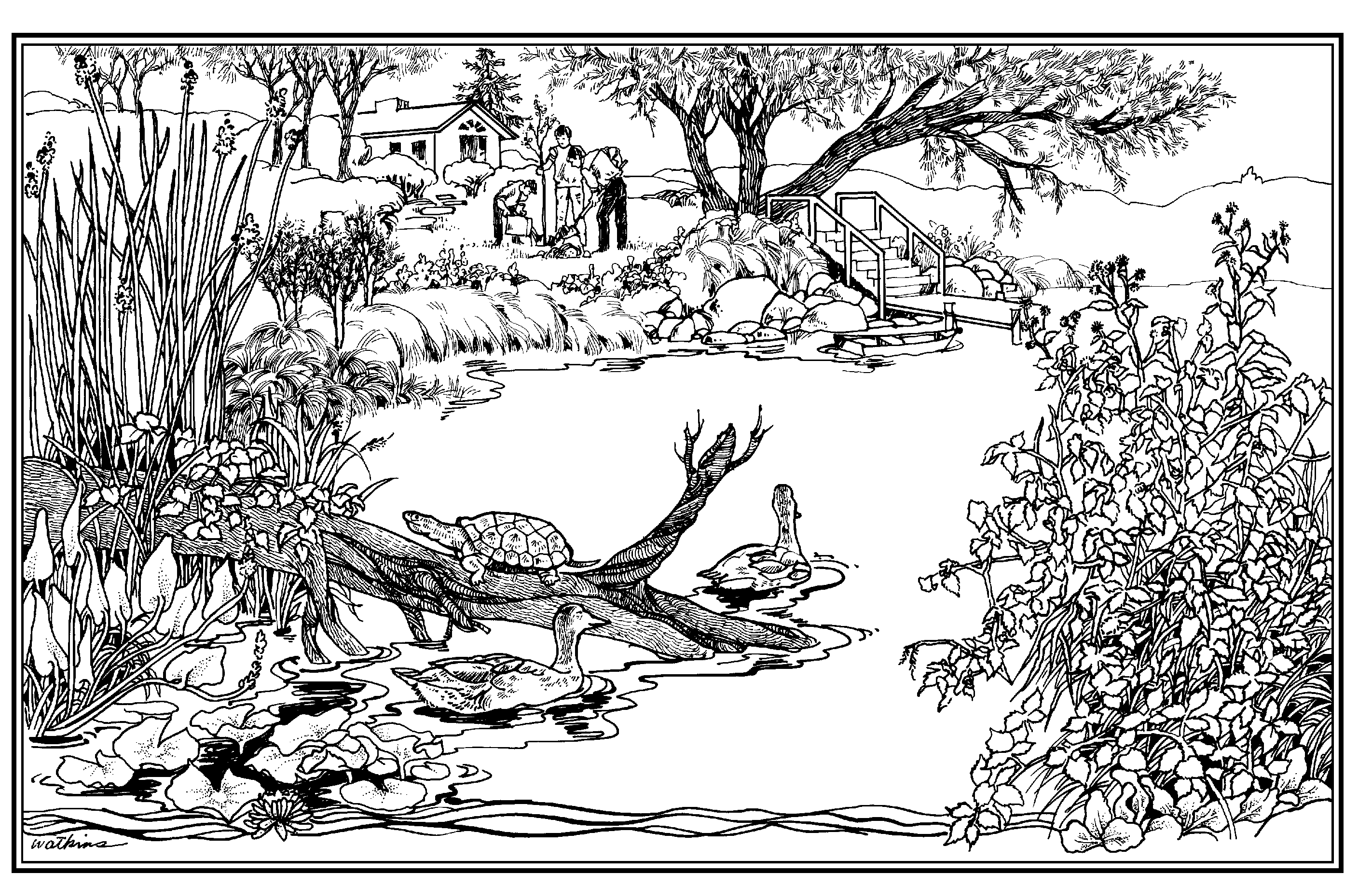
Before we know the various forms of the relationship of living things with the environment then we must know in advance what are the components of the environment. In this article review we will discuss about living things and the environment along with the form of interaction and relationships.
Biotic and Abiotic Components
Components of components that make up an ecosystem that interact with each other interact with the environment consists of biotic components (life) and abiotic components (not life). The study of the relationship of living things with the environment (abiotic) along with the reciprocal and interaction that occurs is called ecology. These two components are also often referred to as biotic and abiotic environments. Both of these components then reside in an aera and interact with each other and the relationship so that formed a regular unity.
One form of the relationship of living beings with the environment we can observe in an aquarium. In the aquarium ecosystem consists of water plants, fish, and plankton as biotic components (living things) and water, rocks, sand, minerals, and oxygen as abiotic components.
In an ecosystem, the form of interaction between living things and the environment will create a natural balance. An ecosystem will be balanced if the components of the ecosystem are also balanced, but that does not mean the number of components of the ecosystem should be the same. But the balance of ecosystems can also be disrupted due to natural disasters, human activities, diseases, and the emergence of pests. Humans also contribute to the destruction of ecosystems because they often dispose waste or waste into rivers, illegal logging in forests, increase air pollution and so on.
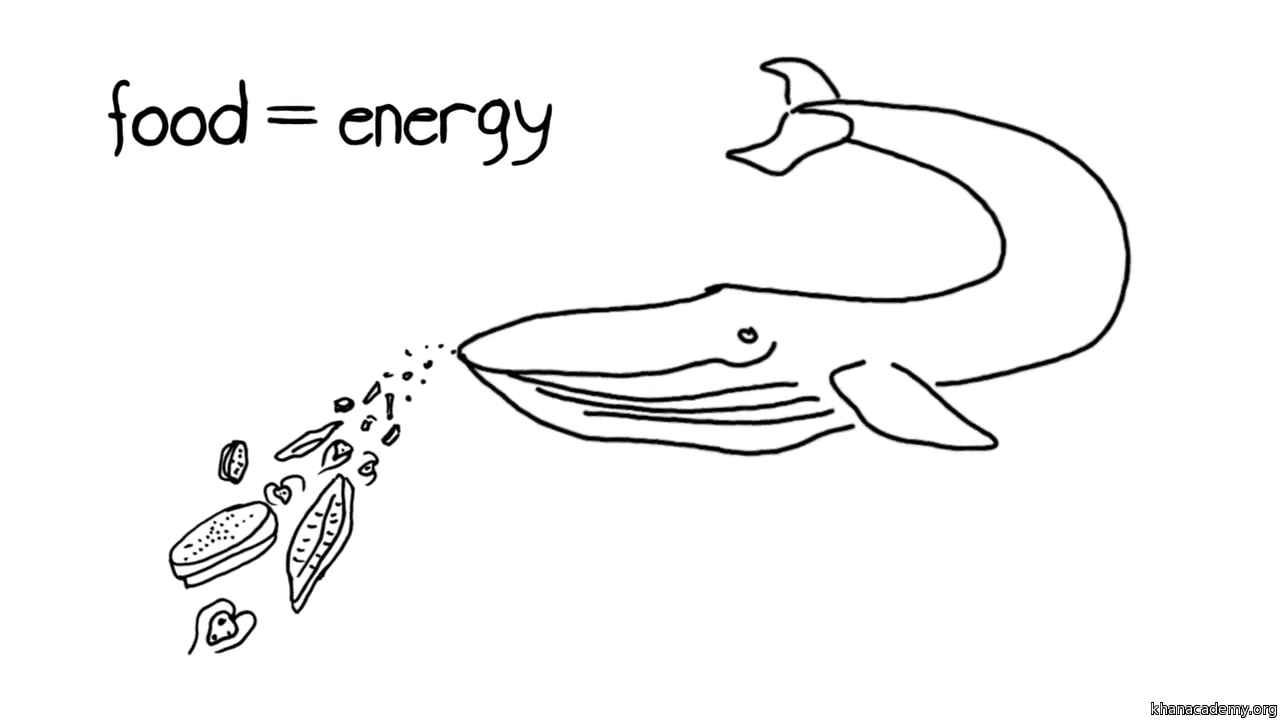
- Biotic components
In an interaction of living things with the environment we will find two common components, one of which is the biotic component. Biotic components themselves are all living things that exist in the environment such as plant, human, animal, organism decomposition and so forth. Every living being that exists in its environment has its own role and position. According to the role and position of the biotic components can be divided into:
Producer
Producers are a term for living things that are capable of producing their own food substances and are required by other living beings. Generally producers who are able to make their own food substances have chlorophyll that directly leads to green plants. One form of interaction of living things with the environment we can observe in the process of making food substances by plants. Plants carry out photosynthesis using carbon dioxide and water with the help of sunlight.
In an environment, plants capable of producing food themselves are referred to as autotrophic organisms, while plants that require sunlight to produce nutrients are called phototrophs.Consumer
Consumers are all living things that can not produce their own food (heterotrophs) and require organisms (other living things) as food. For example, animals, humans, fish, and all kinds of plants that do not have chlorophyll. Based on the type of food is also divided into 3 consumers namely carnivores, herbivores, and omnivores. Carnivores are a term for living things that eat meat. While herbivores is a term for living things that only eat plants. And omnivores are a term for creatures that eat everything (meat and plants).Parser
Decomposers or organisms also play an active role in the interaction of living things with the environment because these organisms are tasked to decompose as well as decompose dead plants, animals and humans. In the relationship of living beings with the occupied environment, these decomposing organisms are important because they maintain the stability of the ecosystem by decomposing the nutrient residual substances that will later be absorbed by the soil. This nutrient element that will be needed by plants to support its growth.
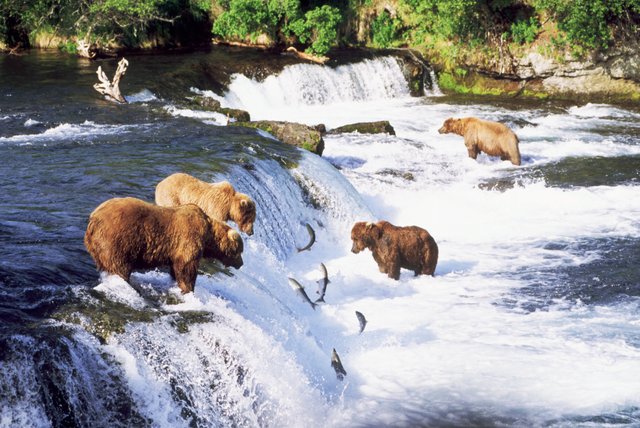
- Abiotic component
In the relationship of living beings with the environment we will also find inanimate components or more commonly referred to as abiotic components. Although an inanimate component, but the abiotic component is very influential in the interaction of living things with the environment. Because as we know living things will not be separated from the need for inanimate objects and components such as soil, sunlight, air, water, and so on. Some of the abiotic components needed by living things are:
Sunlight: Sunlight is required by all living creatures above ground level, especially chlorophyll plants. Sunlight can be regarded as one of the main elements of life because without the sunlight the plant will not produce food and eventually die, if the producers die then there will be no food chain and all living things will also die.
Air: one of the main components of life that also supports the interaction between living creatures with the environment is air. The air itself is composed of various gases such as oxygen, carbon dioxide, hydrogen, nitrogen and so on. It is undeniable that the air is needed for all creatures that live on the ground for their survival. Directly air has also represented the relationship of living things to the environment in which they live.
Water: The ultimate component of the clearness required by all subsequent living beings is water. No living thing can survive without water. Plants, animals, humans, even insects need water to survive. Water itself serves to dissolve food substances that have been eaten in the body of the organism. In addition, water is also a natural habitat of aquatic creatures such as fish, turtles, turtles and aquatic plants.
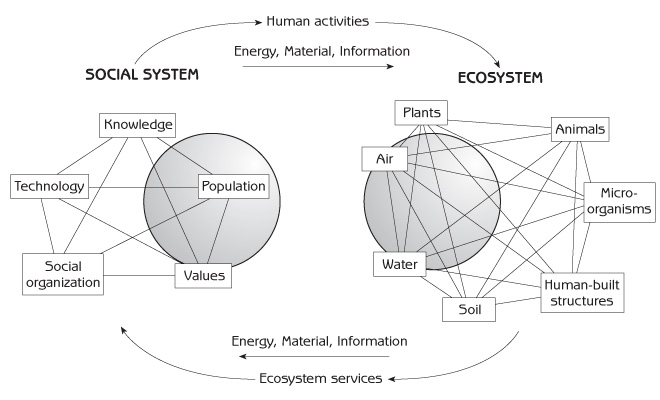
Patterns of interaction of living things with the environment
The relationship of living beings with their environment can not be separated from the interaction patterns that occur. Every organism of course interact with other organisms in order to meet the needs of his life. The interaction between living things and other creatures within the environment forms a unique and distinct pattern. The pattern of interaction patterns of living things with the environment are: Competition, predation, and symbiosis.
1. Competition (competition)
Competition or competition is a process of struggle between the same organisms require the same food. The desire to obtain food as much as possible leads to competition in an ecosystem. Basically competition is a form of interaction of living things with the environment that ultimately causes one of the competing parties to lose because of losing in the competition.
An example of the interaction of living things with the environment as a form of competition is the competition between plants to get the nutrients, water, and sunlight sufficient to perform photosynthesis. Competition between primary consumers who directly feed producers, competition for territorial seizures between two common animal species, competition for couples and so on.
2. Predation
In addition to competing, there are several organisms that feed on the way to prey on other organisms, predators are eventually referred to as predators. This is a fairness in the relationship between living things and their environment. Like the example of a lion hunting deer or zebras to eat. The pattern of interaction between living things is called the predation (the process of prey and prey).
.jpg)
- Symbiosis
One example of the interaction of living things with the common environment we find is symbiosis. Symbiosis itself refers to the principle of living things that can coexist without having to do predation or competition to survive. The relationship of living beings with this environment is called the symbiosis. Symbiosis alone can occur in creatures of the same type or different types. There are 3 types of symbiosis namely:
Symbiosis mutualism: The symbiosis of mutualism is a process of interaction of living things that are the same or different kinds and mutually beneficial to each other. As an example of interaction between butterflies perched on flowering plants, butterflies will suck honey on flowers for food and on the other hand pollen on flowers will stick to butterflies and spread to the pollination process. Thus both of these organisms will benefit, butterflies get food and flowers helped the process of pollination by butterflies.
Commensalism Symbiosis: Symbiotic komismosis is a form of interaction between the same and different kinds of organisms in which one organism benefits and the other organism is not harmed. Like the example of a remora fish that always follows the shark, the remora fish get food from the remaining food attached to the shark's body.
Symbiosis of parasitism: This symbiosis is a form of relationship between living things with other living beings in an environment in which one organism will benefit and on the other hand another organism will be harmed. Like an example parasite with its host, the parasite will absorb the nutrients from the host, while the host will lose some of its nutrients.
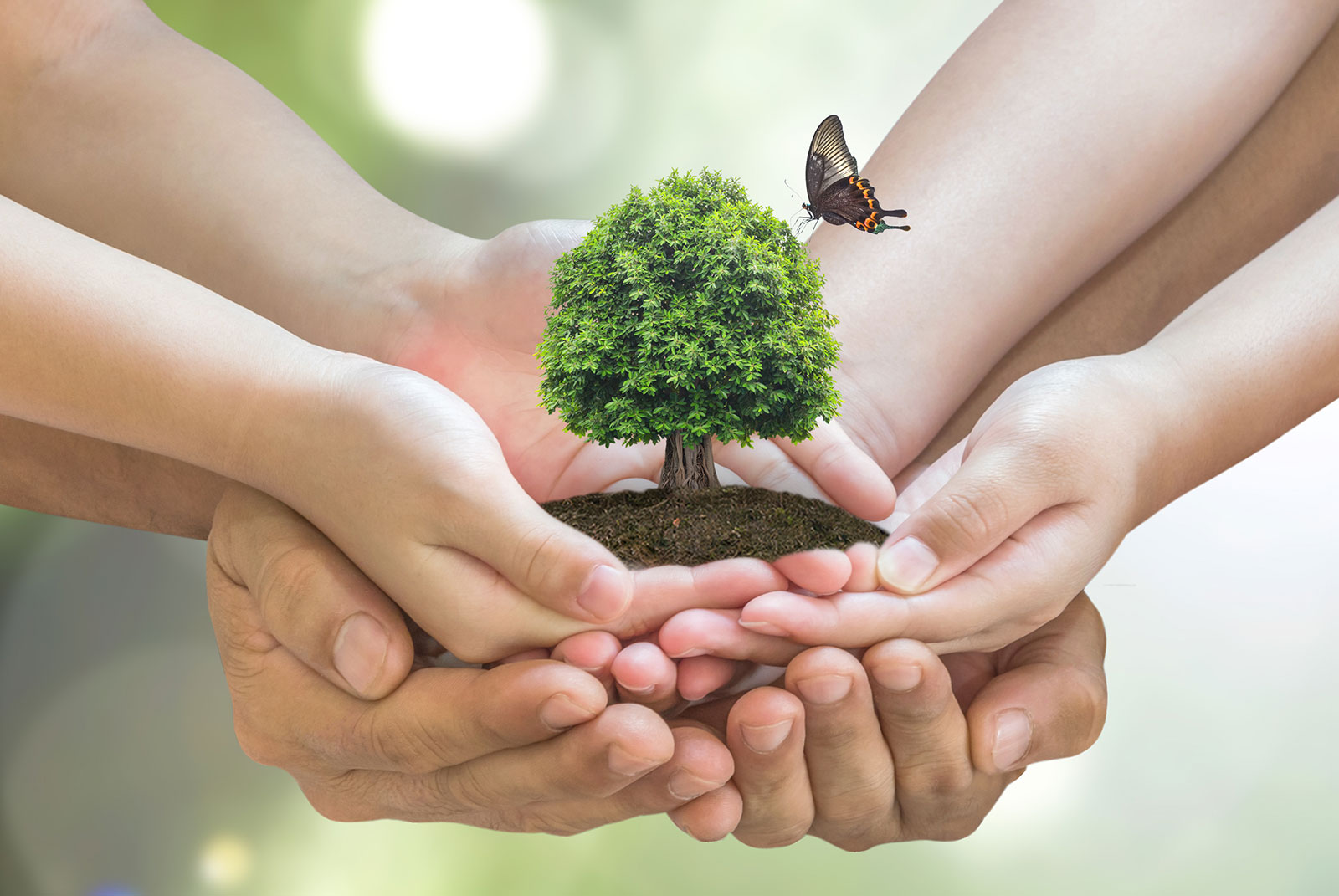
Form of interaction of living things with a dietary and edible environment
The form of the relationship of living beings with the environment that can not be separated is the pattern of eating and eating interactions where the factors of fulfillment of needs take precedence, so that the process of eating and eating takes place. As we know that not all living organisms can make their own dietary substances, to meet their needs the organism eventually consumes other organisms. This process eventually forms a pattern called the food chain, the net of food webs, and the ecological pyramid.
The interaction of living things in the food chain
Food chain is a schematic representation of the process of eating and eaten in the form of branched line and straight line. In the food chain process always begins with producers who have a position at the beginning, followed by primary consumers and secondary consumers, and ultimately the main consumers who are at the top of the food chain. Then once the top organism of the dead food chain will decompose the decomposer into nutrients that are useful for plant growth. The process of the food chain will basically continue to spin like a wheel.The relationship of living things in the food chain
The process of eating and eating occurs complexly. As an example of a plant as a producer is not only eaten by one organism but there are other organisms that directly also eat the plants. Humans who occupy the top of the food chain not only eat secondary consumers (animals) but also eat producers like we eat rice, corn, and vegetables.
From the above statement we can conclude that a collection of existing food chains will be structured into a complex web of food nets, this is very reasonable in the relationship of living things with the environment. In addition, the net of the food web will show that there is not only one food chain in an ecosystem.
Ecological pyramid in the relationship of living things with the environment
To keep the ecosystem in balance, the number of organisms occupying the lower trophic must be greater in number than the organisms that occupy the trophic above and beyond. Imagine if in a pasture more grass-eating population than the grass eaten? the result is that the animal will not survive and continue to decrease its population.
These are the various relationships and forms of the interaction of living things with the environment that I can convey in this article's review to my steemians friends. Because basically the relationship of living beings with the environment can not be separated because the living creatures that occupy the environment will require all elements of the environment itself, may be useful.
Thanks for visiting my blog
This post has been upvoted and picked by Daily Picked #34! Thank you for the cool and quality content. Keep going!
Don’t forget I’m not a robot. I explore, read, upvote and share manually ☺️
Hey, just wanted to let you know I gave you an upvote because I appreciate your content! =D See you around